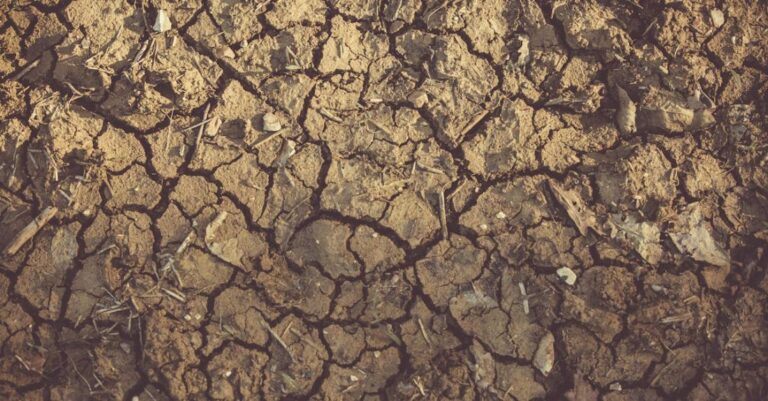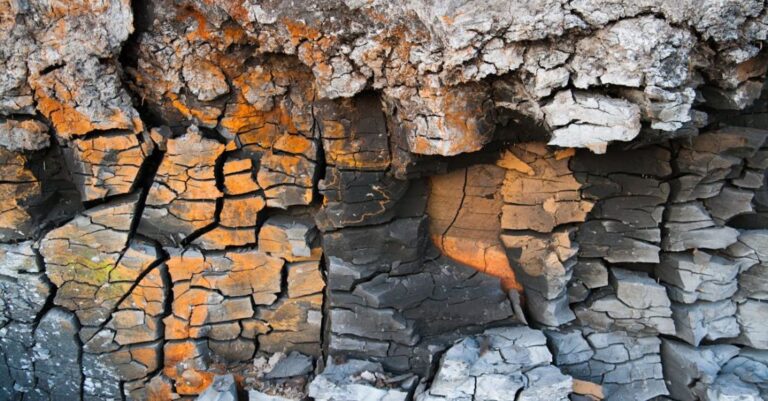
Exploring the Geological Wonders of the Galapagos
Nestled in the Pacific Ocean, the Galapagos Islands are a haven of biodiversity that have long captivated the curiosity of scientists and researchers alike. Among these inquisitive minds are geologists, who are drawn to the archipelago’s unique geological formations, volcanic landscapes, and tectonic activity. But how exactly do geologists conduct their research in this remote and remarkable location? Let’s delve into the methods and techniques they employ to unravel the mysteries hidden beneath the surface of the Galapagos Islands.
Fieldwork: The Heart of Geological Research
At the core of geological research in the Galapagos Islands is fieldwork. Geologists venture into the rugged terrain of the archipelago to observe, document, and collect samples from various geological features. From volcanic craters and lava flows to uplifted marine terraces and tuff cones, the diverse landscapes of the Galapagos offer a treasure trove of information waiting to be uncovered.
Geologists meticulously record their observations, taking note of the type of rocks present, their composition, and the structural characteristics of the formations. By mapping the distribution of different rock types and structures, researchers can piece together the geological history of the islands and gain insights into the processes that have shaped their landscapes over millions of years.
Sampling and Analysis: Unlocking Geological Secrets
In addition to observations, sampling plays a crucial role in geological research in the Galapagos. Geologists collect rock samples from various locations across the islands, carefully labeling each sample to maintain a record of its origin. These samples are then subjected to a range of analytical techniques to unravel their chemical composition, age, and mineralogy.
One of the key methods used in geological analysis is radiometric dating, which allows researchers to determine the age of rocks and volcanic deposits with remarkable precision. By dating different rock layers and formations, geologists can construct a timeline of volcanic activity and tectonic events that have shaped the Galapagos Islands over time.
Geophysical Surveys: Peering Beneath the Surface
To complement their field observations and sample analysis, geologists in the Galapagos also rely on geophysical surveys to investigate the subsurface structures of the islands. Techniques such as ground-penetrating radar, magnetometry, and seismic imaging are employed to map the underlying geology and uncover hidden features such as magma chambers, faults, and subterranean lava flows.
By combining data from geophysical surveys with field observations and sample analysis, geologists can gain a more comprehensive understanding of the geological processes at work beneath the surface of the Galapagos Islands. This integrated approach allows researchers to piece together the puzzle of the islands’ geological evolution and shed light on the dynamic forces that continue to shape this extraordinary landscape.
Collaboration and Knowledge Sharing: Advancing Geological Understanding
Geological research in the Galapagos Islands thrives on collaboration and knowledge sharing among scientists from around the world. International research teams come together to exchange ideas, share data, and collaborate on interdisciplinary studies that span geology, biology, and environmental science.
By fostering collaboration and sharing their findings with the global scientific community, geologists in the Galapagos contribute to our collective understanding of the Earth’s processes and the intricate interplay between geology, biology, and climate. Their research not only advances our knowledge of this unique archipelago but also provides valuable insights that can inform conservation efforts and environmental management strategies in the Galapagos and beyond.
In conclusion, geological research in the Galapagos Islands is a multi-faceted endeavor that combines fieldwork, sampling and analysis, geophysical surveys, and collaboration to unravel the geological mysteries of this extraordinary archipelago. By employing a range of methods and techniques, geologists are able to piece together the geological history of the islands, uncover hidden features beneath the surface, and contribute to our broader understanding of the Earth’s dynamic processes. Through their tireless efforts and dedication, these researchers illuminate the geological wonders of the Galapagos and inspire future generations to explore and protect this remarkable natural treasure.





